My love affair with men of the woods began with a man in green: Robin Hood.
When I was twelve years old my family moved to a brand new neighborhood, where I had to go to a new school, in my new glasses and my new five inches of height, clothed in my customary shyness. During that lonely transition period, each day I came home from school, made myself a cup of cocoa, and curled up in front of the television to watch The Adventures of Robin Hood, where right always triumphed over might, and Maid Marion managed to be both alluring and resourceful even though she never let her hair down. At the time I preferred the television version because it never went into the sad final chapters of Robin’s life as related in the book. On the small screen, Robin and his merry men never shed a tear. I longed for such a life.
Well, time passed, I got contact lenses, got noticed, and things changed, but my passion for men of the woods never stopped growing. The journey from the green wood to the Green Man was a short flight of fancy, with stopovers in The Secret Garden and Terry Pratchett’s Disc World.
I know I’m not alone in my love of magic trees. A recent news story that lit up email boxes around the world told of the plight of the real Sherwood Forest in England, where environmental degradation, developmental pressure and inevitable old age have combined to reduce the once four-thousand-strong legendary woods to a stand of barely more than four hundred massive oaks. Many of these ancient giants have names and are beloved by historians, English majors and environmentalists for the sense of solid truth they lend to the flimsy stuff of legends and folklore. Perhaps Robin of Loxley wasn’t all that we would like to think, but the woods in which he hid demand reverence.
And what, you might ask, does all this have to do with the chaotic state of modern publishing? Well, there’s never been a better time to be a Robin Hood of the written word — to infiltrate and outfox the system that once made it impossible for any but the well-connected and the very fortunate to get published. Thanks to modern technology we are in the midst of a redistribution of power, if not wealth. Never has it been so easy for so many to reach so many readers. With online publishing, blogging, print-on-demand options and internet marketing, the barriers to the open market are falling, and this opens up a whole new world of opportunity.
But of course, all that glitters isn’t sold. And if a book gets published in the forest and nobody hears about it, will it ever be read? Probably not. Without a brilliant marketing strategy, a new book has little chance of getting past the dungeons and dragons of the publishing world unless the author is an actual wizard or sorceress, or can make a deal with the devil, or Oprah, who might be more powerful.
Scrambling to keep up with changing trends and marketing tactics, few conventional publishers can afford to process and evaluate the deluge of new material being generated on all fronts. Consequently, though the publishing tree has sprung many new branches, it’s not yet clear how many of them will bear fruit.
Like many an aspiring author, I first tried the conventional, recommended route to getting my fiction in print. I sent out query letters by the dozen to agents and editors. I attended conferences and had pitch sessions with more editors and agents. I entered contests and got evaluations from other writers higher up in the food chain. But, although I had a lucky break and managed to get a novel published by a traditional publisher, the experience didn’t lead to quantifiable success. I sold a few books. But the leg up I had hoped this would provide proved inadequate to keep my later submissions from sliding right back into the slush pile.
Meanwhile, the clock kept ticking, and I began to feel a sense of urgency. What if I died without ever getting my stories out to the reading public? The world would be none the worse, no doubt. But, who can say? If my small fantasies could lift the gloom from a few readers’ hearts, surely that would be worth all the humiliation and effort it took to get them in print. Wouldn’t it?
Yet, like most would-be authors of a certain age, I had been taught to consider any form of self-publishing as a craven act of pathetic vanity.
And then I read The Long Tail by Chris Anderson, chief editor of Wired magazine. The book makes a clear and persuasive argument for the validity of the new world of self-published works, from music to literature to independent movies, as the new paradigm for creative enterprise. Anderson argues that this new paradigm is made possible by the modern miracle of the internet, and it’s impossible to read his book and not feel a spark of Judy Garlandish optimism: Let’s put on a show! Or record a CD! Or publish a book! All these things are possible now, in part because of the unlimited virtual shelf space of online commerce.
The Long Tail of the title refers to the graph of supply and demand, which, in pre-internet days was ruled by the iron constraints of actual shelf space. If your book, CD or whatever didn’t sell in appreciable numbers, it wouldn’t be stocked. But now, the virtual shelf extends almost infinitely, like a long tail, and retailers can afford to “stock” an item which might sell at the rate of one or two copies a year, at the far end of that long tail.
Once I embraced this concept, I followed through by contacting one of the new online self-publishing businesses. I chose to work with iUniverse mainly because they have an arrangement with Barnes&Noble which offers certain qualified self-published works a limited trial stay in an actual brick and mortar B&N store. Although the process of qualifying for that “Publishers’ Choice” designation turned out to be a lot more demanding and expensive than I had expected, after many months of painful editing I finally qualified, saw my book on the shelf at my local Barnes &Noble, and enjoyed a brief glow of accomplishment.
However, doors haven’t swung open. Most newspaper and professional reviewers refuse to deal with self-published works, and the market-driven demand for entertainment saturated with violence, sex, horror or suspense has little patience for small tales of restrained wit and compassion. Bigger, faster, badder. Those are the guidelines which rule.
But, I do not despair. My Green Man lives. His tendrils spread quietly, branch to branch, hand to hand, word of mouth. My hope has always been that he would be discovered by passionate gardeners, and passed along, like heirloom seeds.
I know Alice and The Green Man will never be a bestseller. But, I harbor the hope that somewhere down along the long tail, it may eventually grow into a minor horticult.

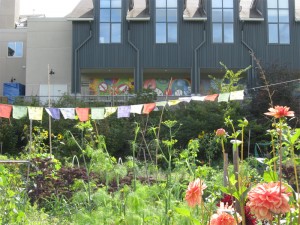
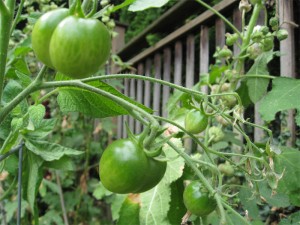
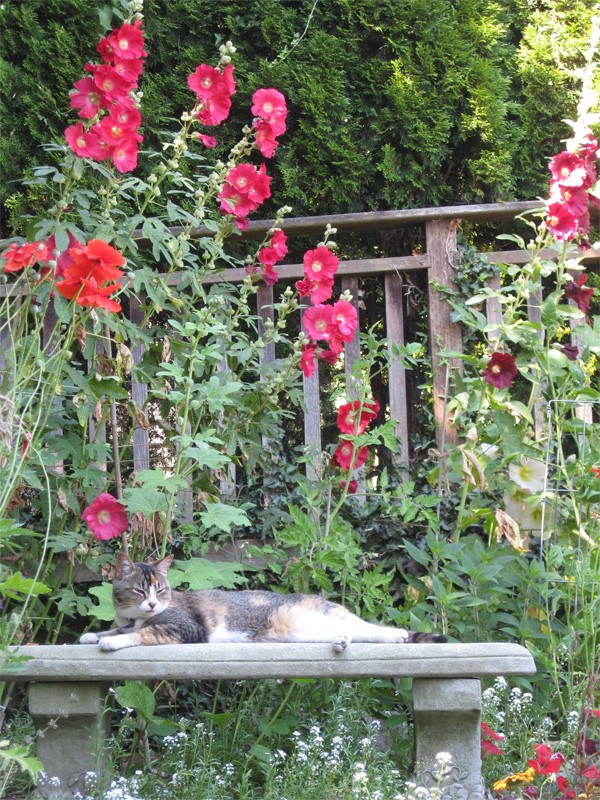
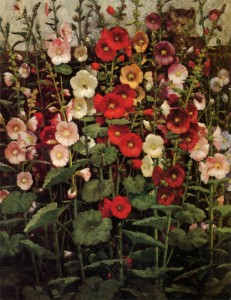
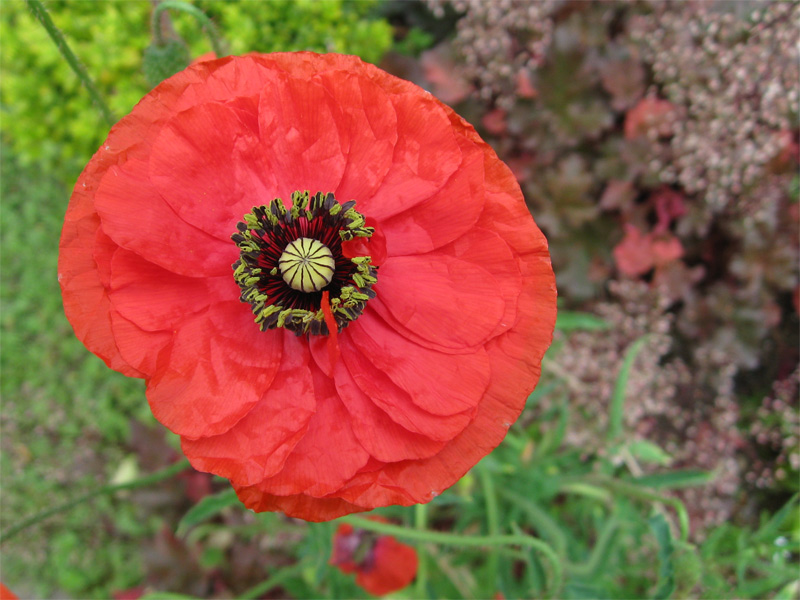
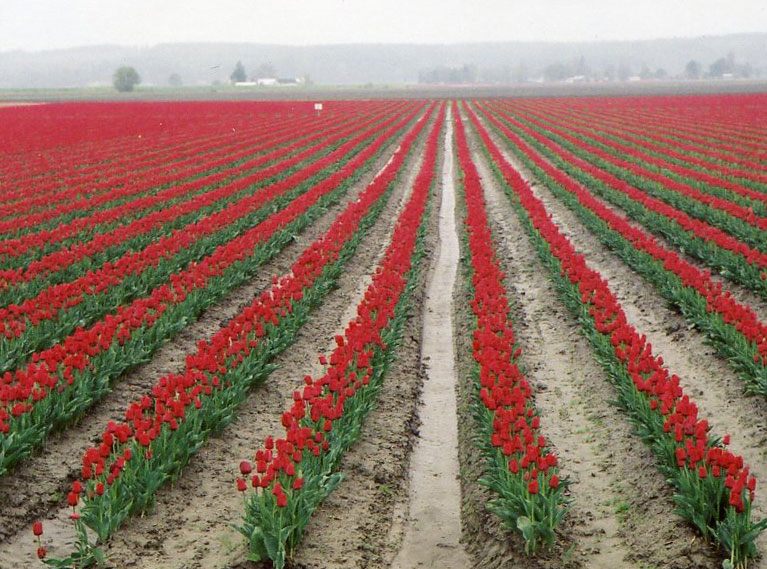



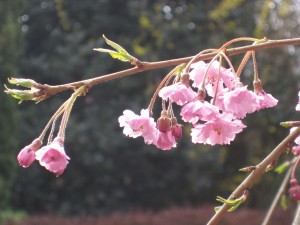 And then the moment passes, and we go back to our spendthrift ways, shopping for stuff we don’t need, and eventually tossing most of it into landfills buried like ugly secrets in every part of this beautiful nation.
And then the moment passes, and we go back to our spendthrift ways, shopping for stuff we don’t need, and eventually tossing most of it into landfills buried like ugly secrets in every part of this beautiful nation.